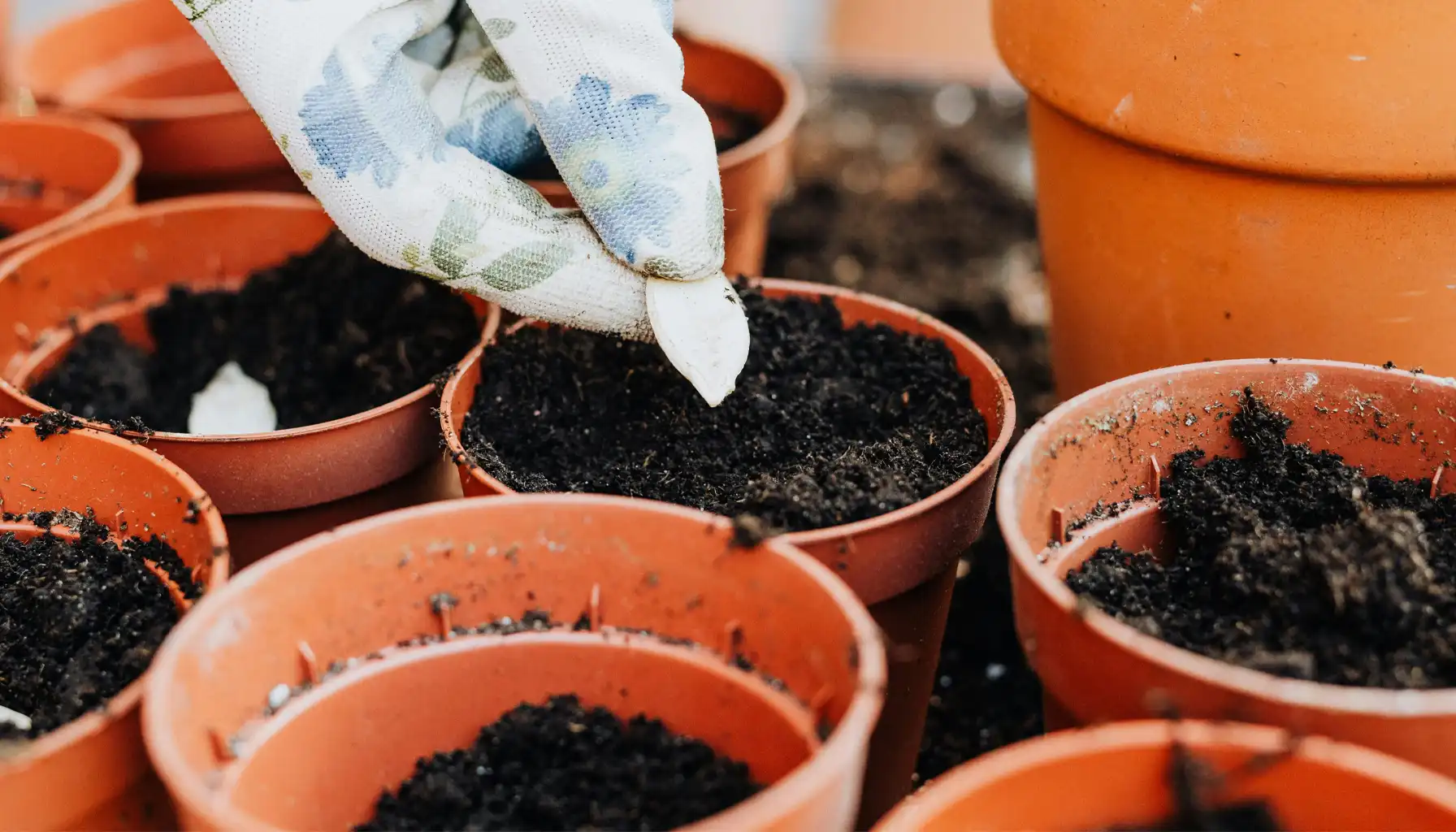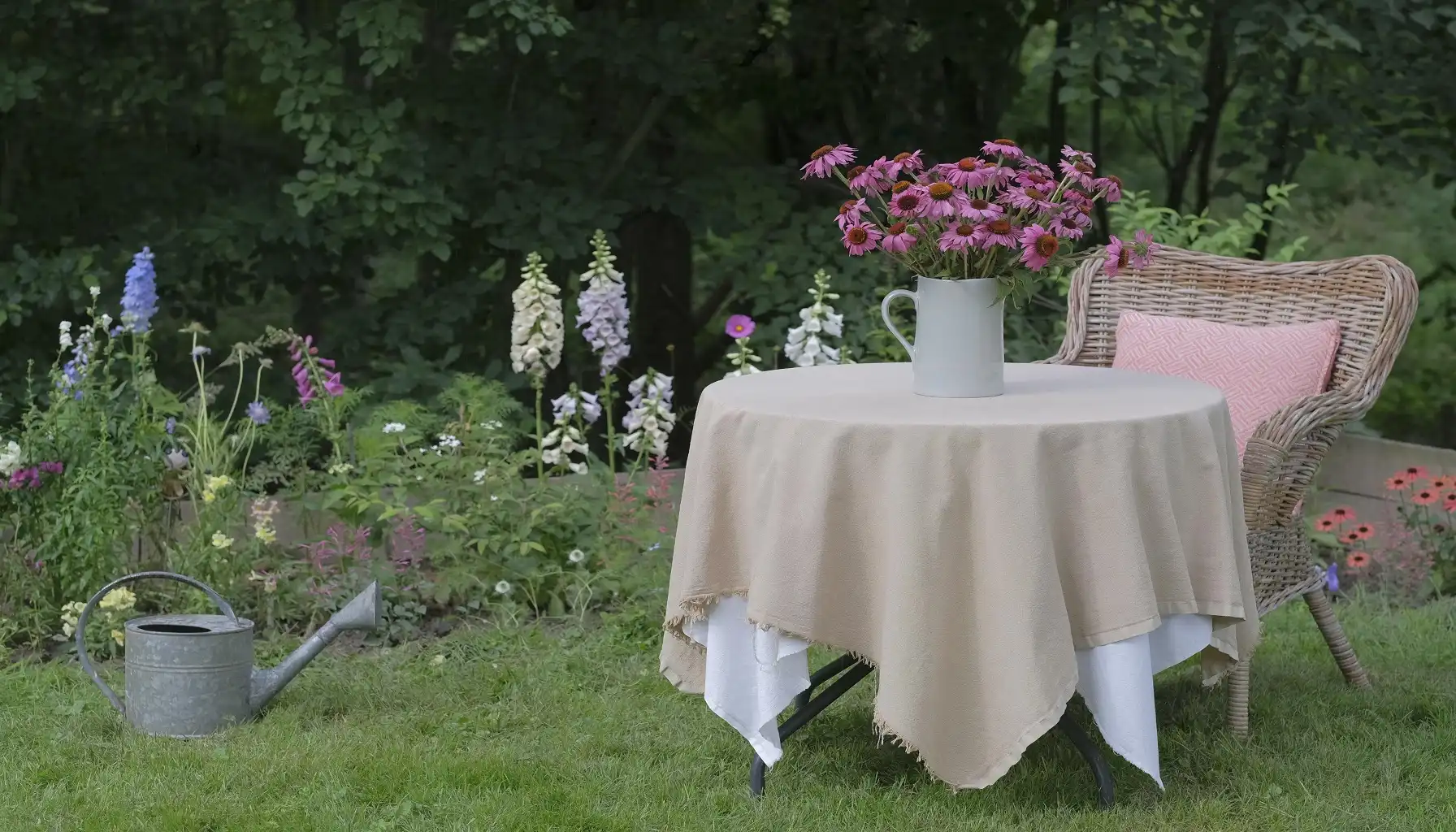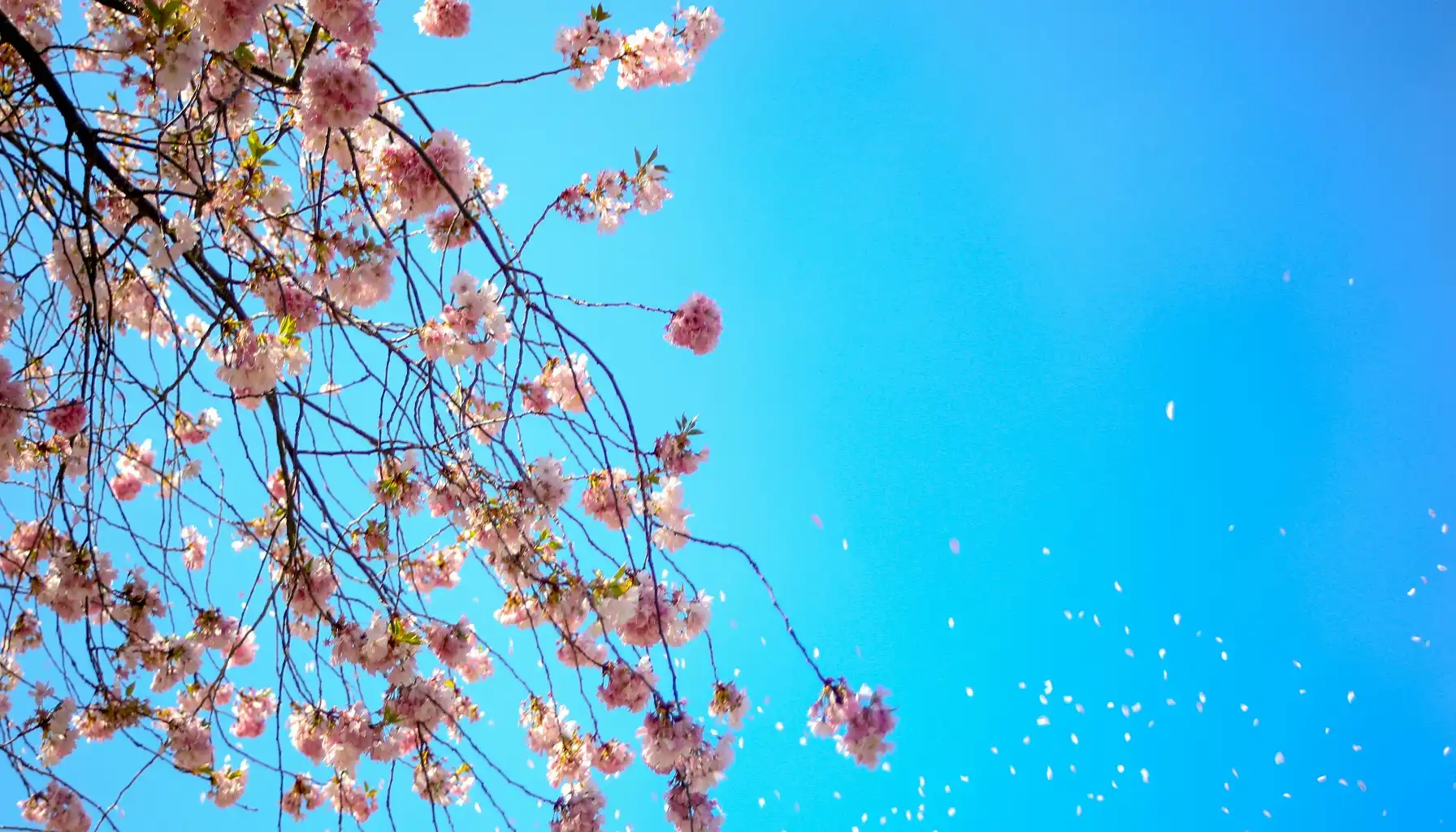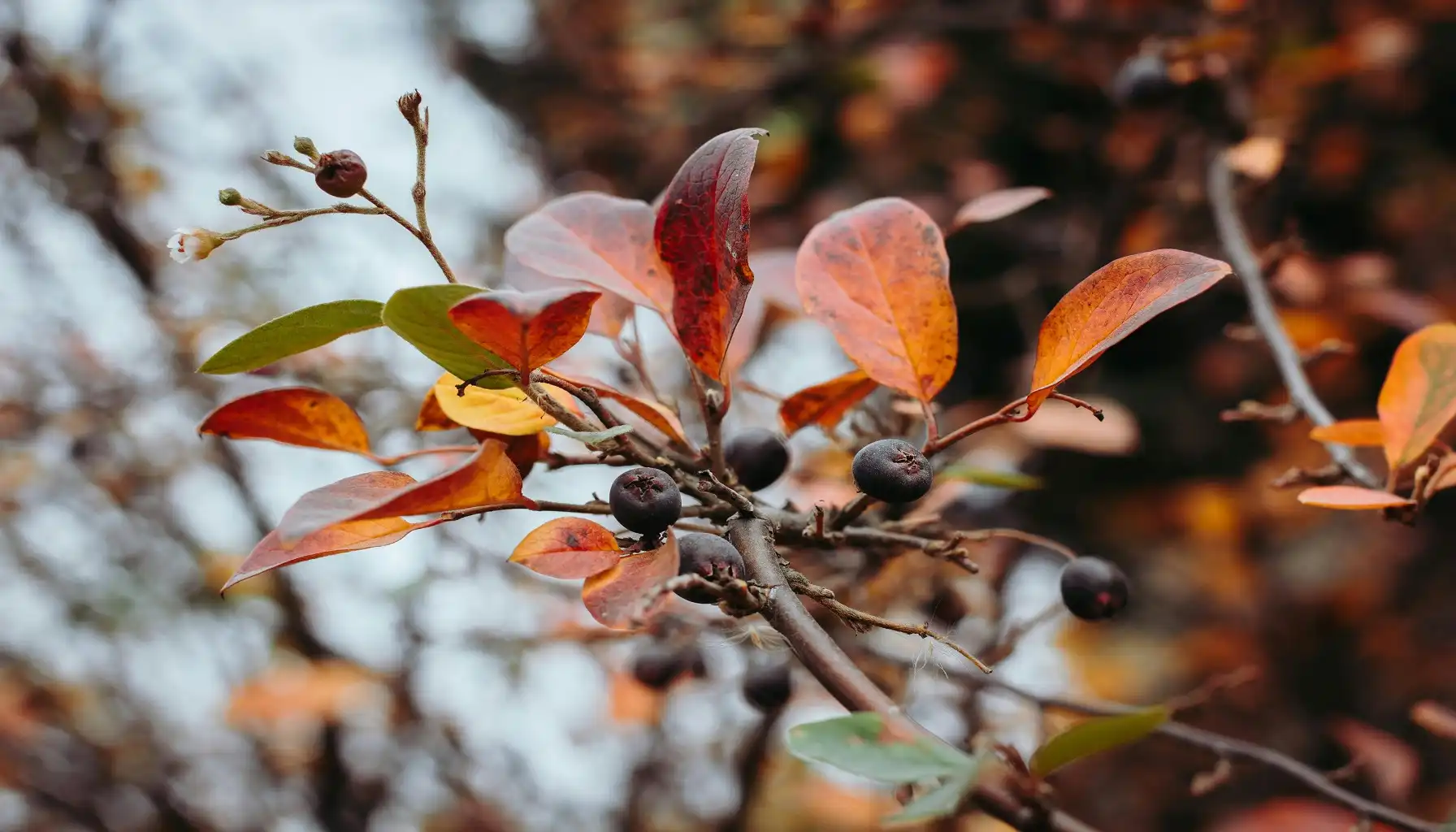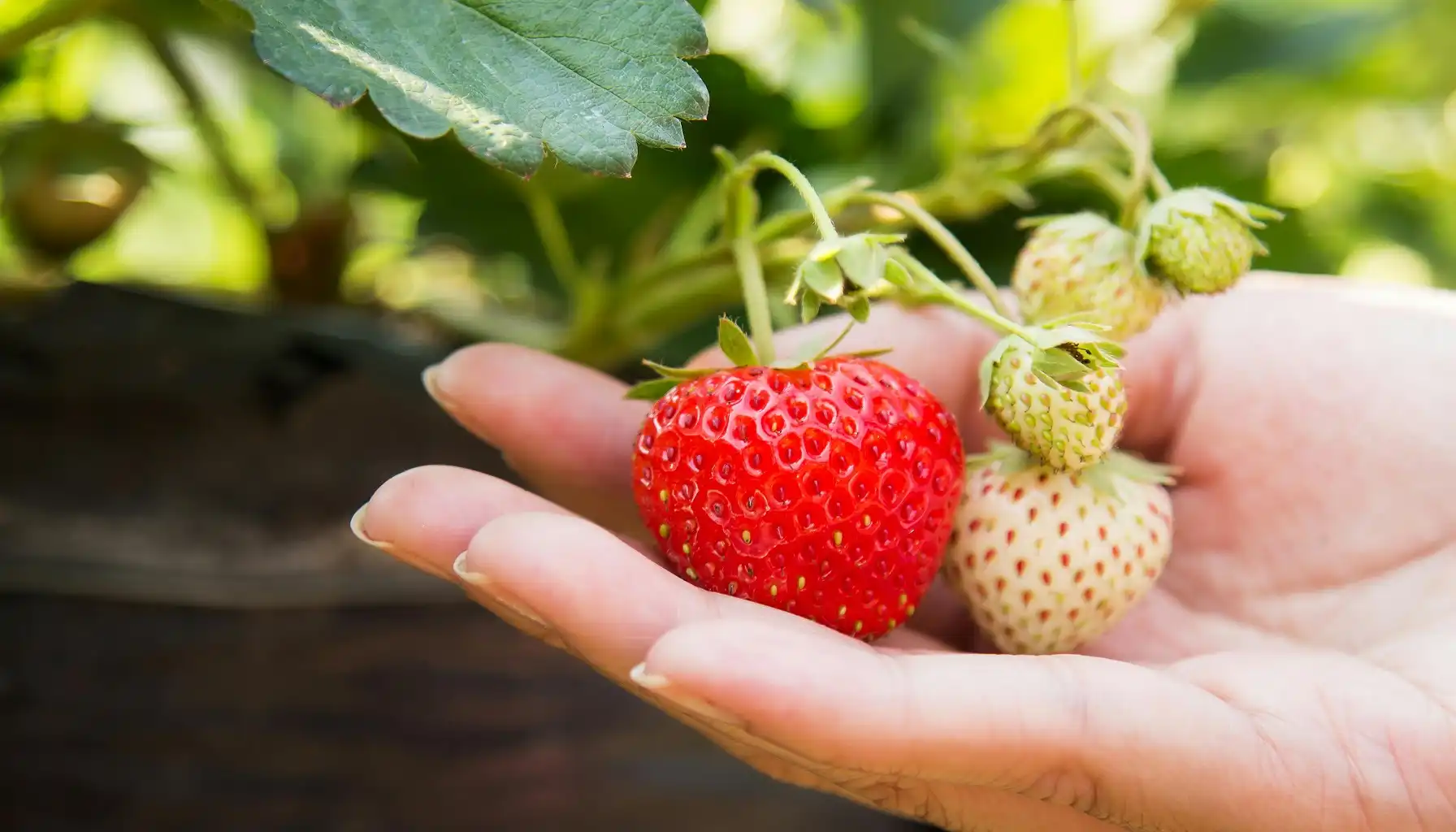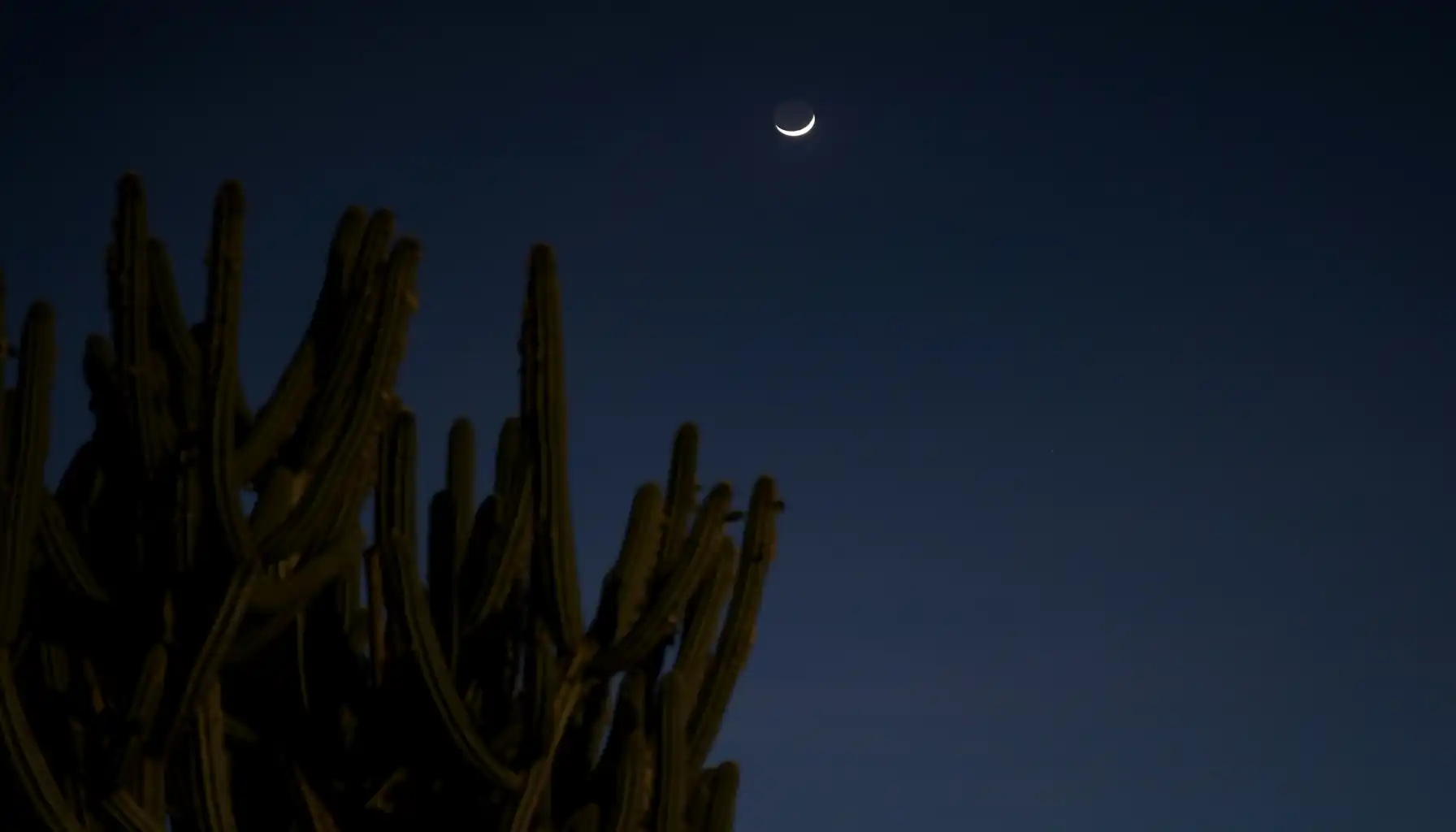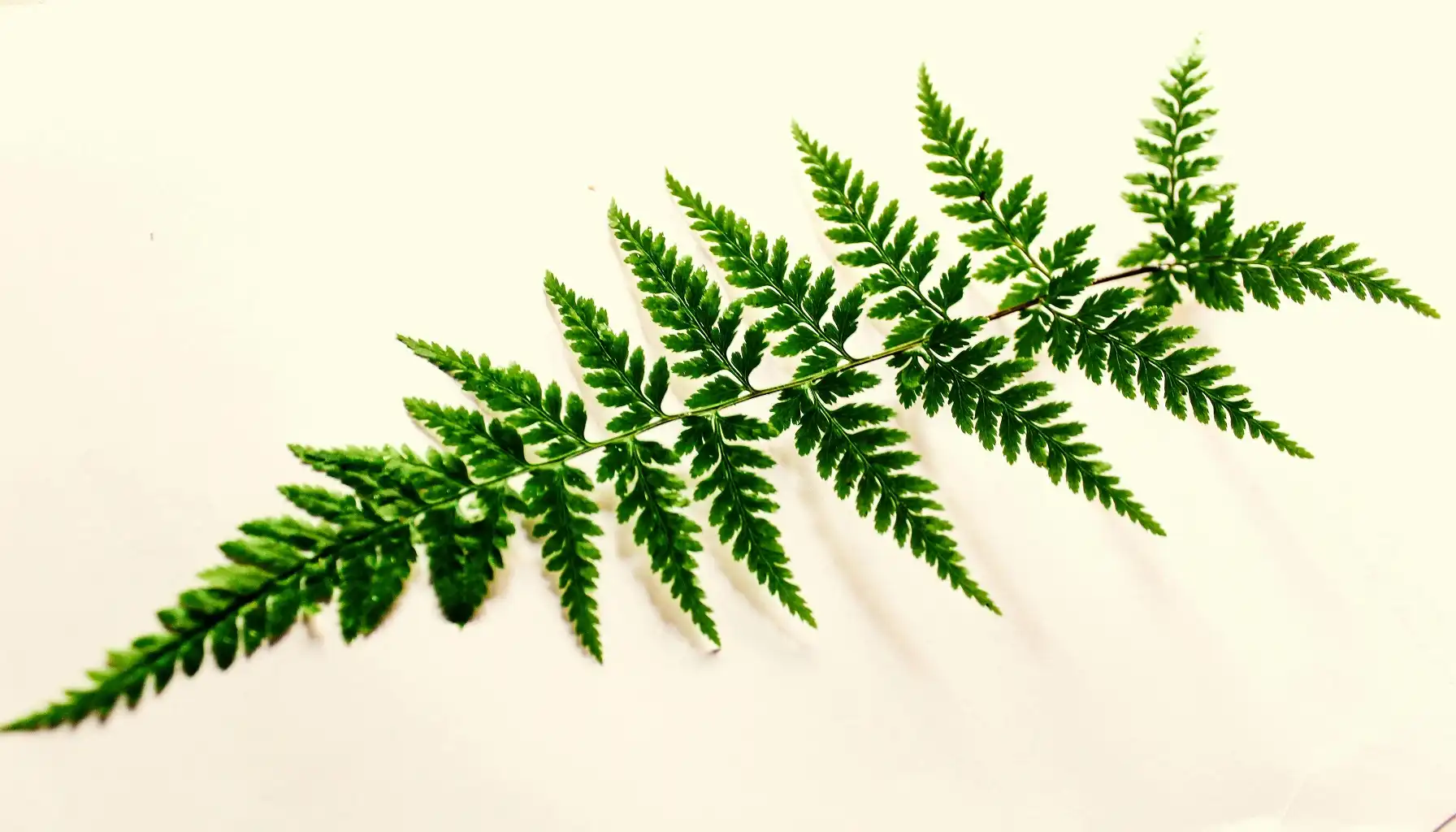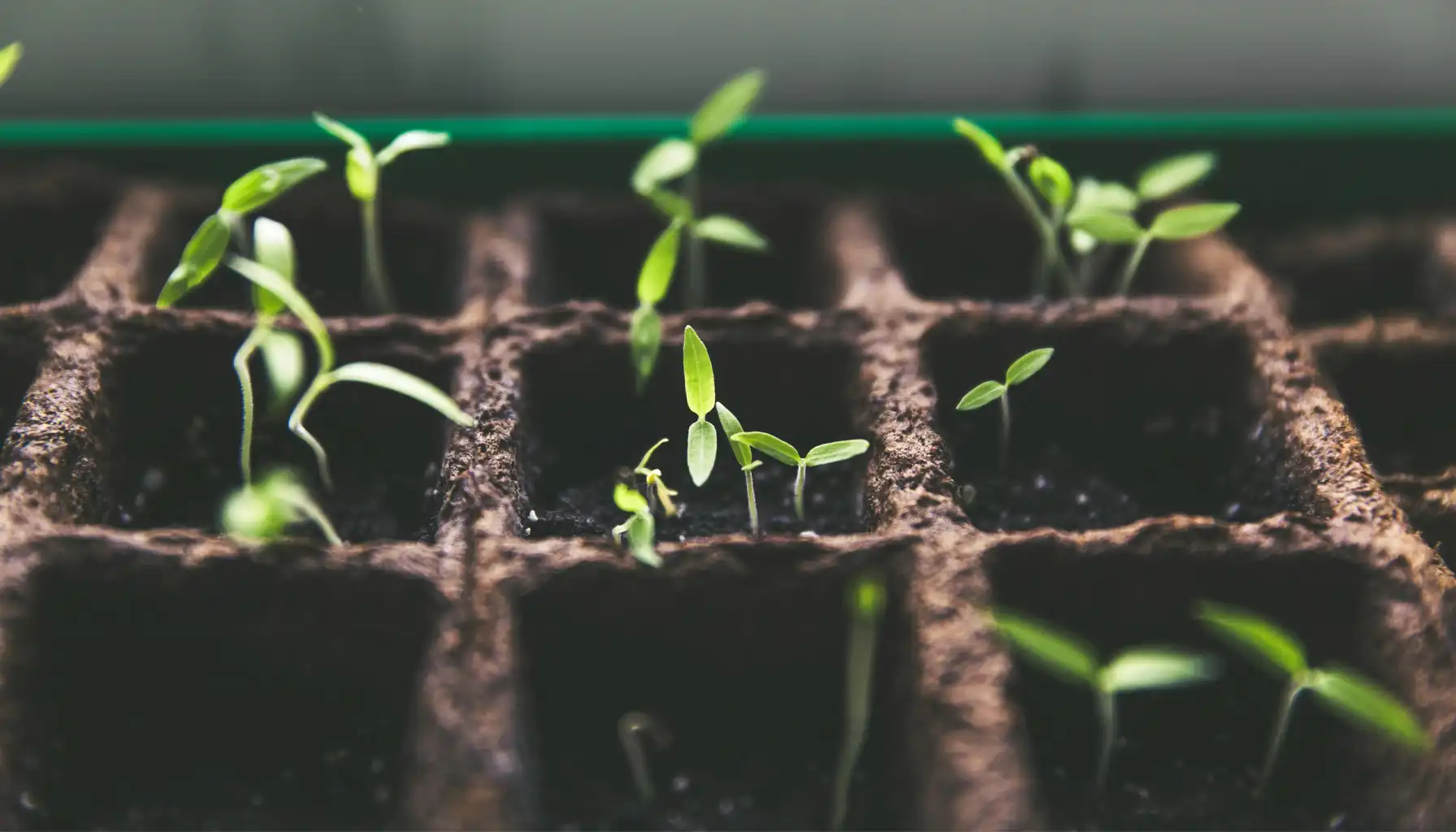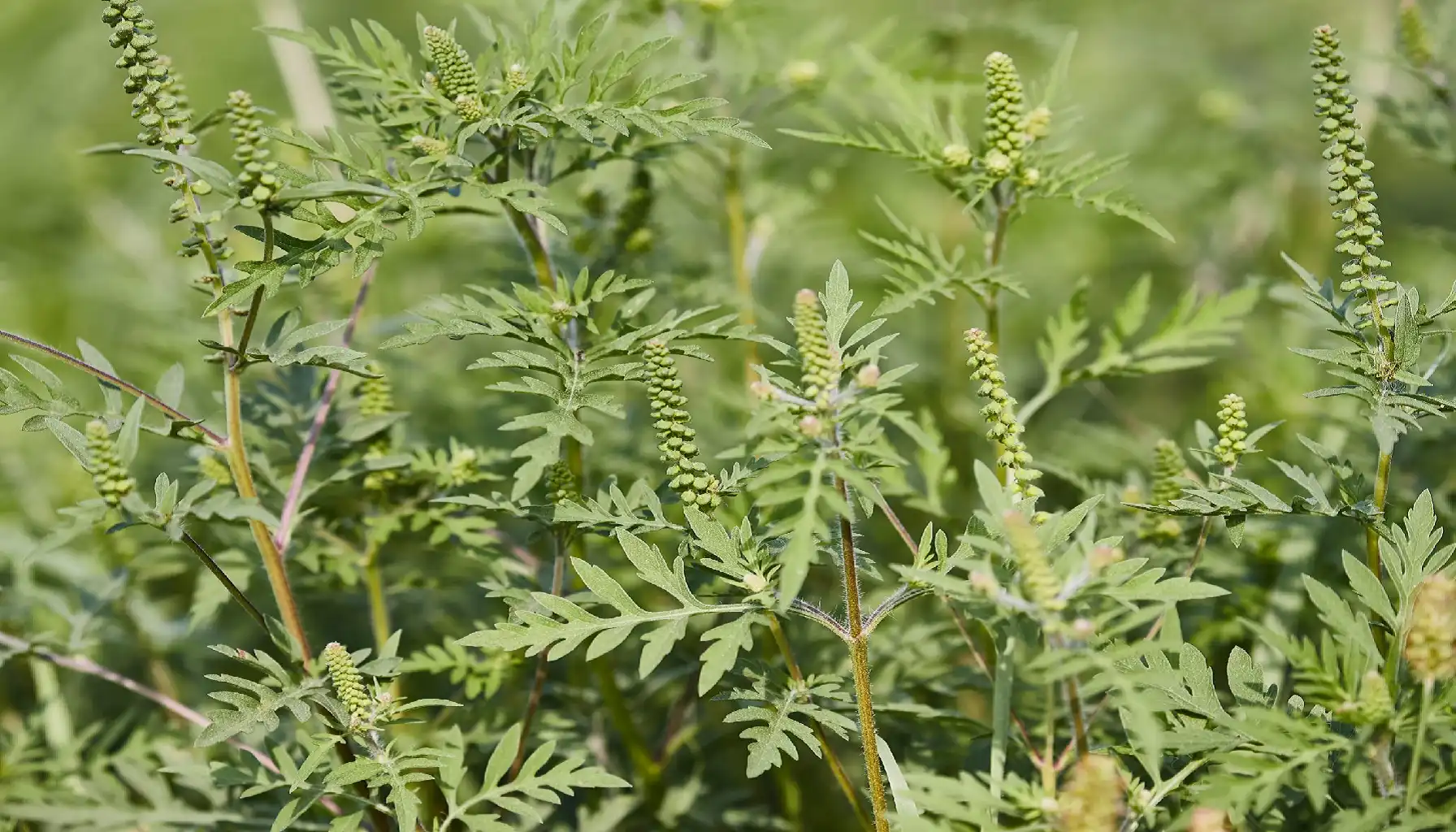How often should you water your plants? It sounds like a question with a simple answer, but the truth is every plant has its own rhythm. Some drink like they just ran a marathon. Others are basically camels. And then there’s the weather, sunlight, pot size... it’s chaos.
If you’re ever staring at your watering can wondering what to do, I get it. I’ve been there, watching tomato leaves wilt and snake plants sulk. But with a little seasonal know-how, we can do better.
And hey, if you’re unsure what that leafy stranger on your windowsill actually is, I recommend the AI Plant Finder app. It IDs your plant and tells you what it likes, including light and watering needs, which makes life so much easier. Alright, let’s figure out when (and how) to water plants, with love, of course.
Spring: Plants Wake Up Thirsty
Spring is like your plants’ version of that first stretch after a long nap. Days are longer, light returns, and all those sleepy roots start to perk up again.
What to expect:
Why do plants need more water in spring? Simple, they’re building new leaves and stems, and that requires hydration to move nutrients through their system.
Start checking the soil more frequently
Adjust from once a week to 1–2 times, depending on the plant
Watch for signs of thirst: droopy leaves, dry soil, or slow growth
For cuttings or plants that grow in water, refresh it more often as temperatures rise
And yes, banana peel water for plants is trendy again in spring, but it's not the best unless you compost it. Decomposing peels takes time to release nutrients. You’re better off with diluted liquid fertilizer.
Summer: High Season for Hydration
Welcome to the season when even your succulents start getting thirsty. Summer is where most plants hit peak growth, especially fruiting ones like tomatoes and herbs.
What to expect:
Water evaporates faster from pots
Outdoor plants may need daily checks
You might need to water in the early morning or late evening
When is the best time to water your plants? Mornings! It gives water a chance to absorb before the sun gets intense. The worst time to water plants is midday when heat causes water to evaporate too fast and may even scorch leaves.
Group plants together for micro-humidity.
Use mulch to reduce surface evaporation.
Keep a tighter eye on thirsty crops like tomatoes.
And yes, let’s talk tomatoes for a second:
How often should you water tomato plants? Generally, 2–3 times per week. Watering tomato plants properly means giving them consistent, deep moisture right at the base. Start by watering slowly to help the water soak deep into the soil, not just the surface. This encourages strong root growth and keeps the plant stable during hot weather. Shallow watering will give it weak roots and poor fruit development.
How often to water tomato plants in containers? Almost daily in full sun. Always water at the soil level, not over the leaves. Wet leaves can cause fungal problems and attract pests. If you think that you goin trouble with pests, I recommend that you read about pest control and how to deal with sick plants. Early morning is the best time, as it gives them enough moisture for the day and reduces evaporation.
How often do you water tomato plants during heatwaves? Daily or even twice a day if they wilt. Aim for 2–3 times per week, depending on heat, rain, and soil type. In very hot weather, you may need to check the soil daily. Using mulch helps retain water longer, so you can water less often. A drip irrigation system is a great option for consistent results. Also read about what to plant with tomatoes to know what can help you grow them quickly.
Hydro plant fans: your plants that can grow in water (like coleus, impatiens, and begonia cuttings) need it changed every few days. Add a little activated charcoal to fight algae.
And please, resist the urge to use that mysterious banana water for plants TikTok trick unless you like fruit flies and murky glass jars.
Fall: Transition Time
Growth slows, light fades, and your once-thirsty pots stay damp longer.
What to expect:
Now is the time to ease off and let the plant settle. One of the most common mistakes is overwatering in fall because you’re still stuck in summer mode.
Let soil dry longer between waterings
Ease off fertilizer unless there’s active new growth
Trim dead leaves to reduce stress and water loss
Some plants that don’t need water often (like ZZ plants or snake plants) will happily coast for weeks at a time now.
And if you're wondering, how often do you water snake plants in fall? Usually, once every 2–3 weeks is enough. Just wait for the soil to fully dry.
Winter: Minimal Effort, Maximum Patience
If your plant had a favorite season to just zone out, this is it. Most stop growing or enter full dormancy, which means watering them like it’s July is a fast path to root rot.
What to expect:
Dormant periods = barely any water needed
Cold drafts + indoor heat = confused plants
Some drop leaves or look sad, it’s okay!
Winter tips:
Use lukewarm water (no icy shocks).
Distilled water for plants helps avoid mineral buildup.
Is distilled water good for plants long-term? Yes, especially for those sensitive to hard tap water.
Got air plants? Wondering how to water air plants in winter? Soak them every 10–14 days for 20–30 minutes, then let them dry completely upside down before putting them back.
Remember: too much love (aka water) kills more plants in winter than anything else.
Water Tricks & Trends: Do They Work?
Let’s bust a few common myths real quick:
Rice Water
It is what’s left after rinsing or boiling rice. It contains small amounts of starch, B vitamins, and trace minerals that plants may benefit from. But it’s not a miracle elixir. If you use it, stick to the water from rinsing (not the cloudy cooking water, especially if it has salt or oil).
Is rice water good for plants? Sometimes. If strained and unsalted, it contains a bit of starch and minerals, but it can cause mold if not used quickly. Best used on houseplants with fast-draining soil, not on succulents.
Banana Water
Banana water for plants is another viral trend. The idea is to soak banana peels in water and pour that water onto your plants to feed them potassium and other nutrients. Sounds smart, right? The catch is… It’s not that effective.
Here’s why: raw banana peels don’t release many nutrients just by sitting in water. For plants to benefit, the organic material needs to be broken down by microorganisms, as happens in compost. Without that, most nutrients stay locked inside the peel.
Even the experts agree. The process of soaking peels doesn’t mimic what happens in soil with microbes, which are key to nutrient release. If you’ve ever noticed your banana water smelling funky after a few days, that’s fermentation.
Banana water for plants is mostly a myth. You’d need to let peels rot completely for any real nutrient release.
Compost tea
Let me introduce you to one of my all-time favorite plant hacks that actually works, compost tea. It’s basically a supercharged drink for your plants made from compost and water, and it’s one of the best ways to feed them naturally without any weird chemicals or store-bought mixes.
Think of it as herbal tea, but for plants. You're soaking good-quality compost in water to extract all the microbial life, nutrients, and organic goodness into a liquid form. Then you pour it around your plants or spray it on the leaves to give them a nice boost.
Compost tea is better. Water treatment plants wouldn’t touch banana sludge, so keep it out of your watering can.
What happens if you forget?
What will happen if you forget to water your plants? They’ll wilt, dry out, drop leaves, or just die slowly. If you don’t exactly know why your plant is dying, then you probably should read this article. But most are tougher than you think! A little neglect now and then is survivable for many indoor plants.
Water-Friendly Plants vs. Drought Lovers
Some plants are naturally chill about water. Others, not so much.
Category | Examples | Watering Frequency |
Plants that grow in water | Pothos, coleus, baby’s tears | Change the water weekly |
Drought-tolerant | Snake plant, ZZ plant, jade | Every 2–3 weeks or longer |
Water-hungry | Ferns, calatheas, peace lilies | 1–2x/week (more in summer) |
Fruit producers | Tomatoes, peppers, strawberries | 2–4x/week (daily in hot sun) |
What Can Survive Without Frequent Moisture
Some species are naturally adapted to thrive in dry, challenging conditions and barely need any upkeep. They store moisture efficiently, slow their growth, or have protective outer layers to reduce evaporation. So they are ideal for busy gardeners, drought-prone areas, or anyone looking to reduce maintenance.
Related post: Life in Extremes: Plants That Grow in the Desert
Succulents like aloe vera, jade, echeveria, and haworthia are some of the most popular choices. They retain liquid in their fleshy leaves and can tolerate extended dry spells. Cacti are even tougher; they are built to handle the harshest desert climates, and they can survive with little to no intervention for months at a time.
You’ll also find that many Mediterranean herbs, such as rosemary, thyme, and sag,e do well in hot, dry spots. Their woody stems and small, oily leaves are designed to resist moisture loss. Ornamental options like agave, sedum, and yucca are not only resilient but also add bold structure and texture to a dry garden.
Many of these low-care options prefer gritty, sandy soils and full sun. They perform best when ignored rather than pampered. Just make sure not to overdo your attention; they often suffer when treated like more delicate species.
Which Ones Need Daily Moisture to Stay Alive
Some living greens are just high-maintenance, there’s no way around it. They need consistent hydration or they’ll wilt, droop, or dry out faster than you can say “forgot again.” These have delicate structures, thin leaves, or rapid growth cycles that demand regular care, especially during warmer months.
Ferns, like maidenhair and Boston types, are notorious for this. Their fronds go crispy almost overnight if neglected. Calatheas and peace lilies are similar; they love humidity and fade fast when their environment dries out.
Tropical herbs like basil and cilantro also fall into this category. They grow fast, transpire quickly, and are often kept in sunny spots, which increases their need for constant attention. Outdoor container-grown veggies, like tomatoes and cucumbers, often need a daily check-in too, especially during heat waves or when fruit is forming.
If you have these types around, missing just one day can mean curled leaves, stunted growth, or worse. They thrive in stable environments where moisture stays steady, so if you’re forgetful, a drip system or self-moistening setup might be a smart move.
Final Thoughts: Just Pay Attention (No Schedule Needed)
The truth is, no calendar can tell you when you should water your plants. The best schedule is no schedule. It's an observation.
Stick a finger in the dirt, feel the weight of the pot, and use your eyes. Plants communicate more than we think; they droop, perk up, stretch, or sulk based on what they need.
And if you're unsure what type of plant you’re even looking at (we’ve all adopted a mystery orphan from the clearance shelf), use a plant ID app. I recommend AI Plant Finder, just one more mention, I promise! It’ll save you from overwatering a succulent or underwatering a fern.
In the end, watering is less of a chore and more of a relationship. So water with care and enjoy the little jungle you’re growing.
AI Plant Finder Related Posts:
